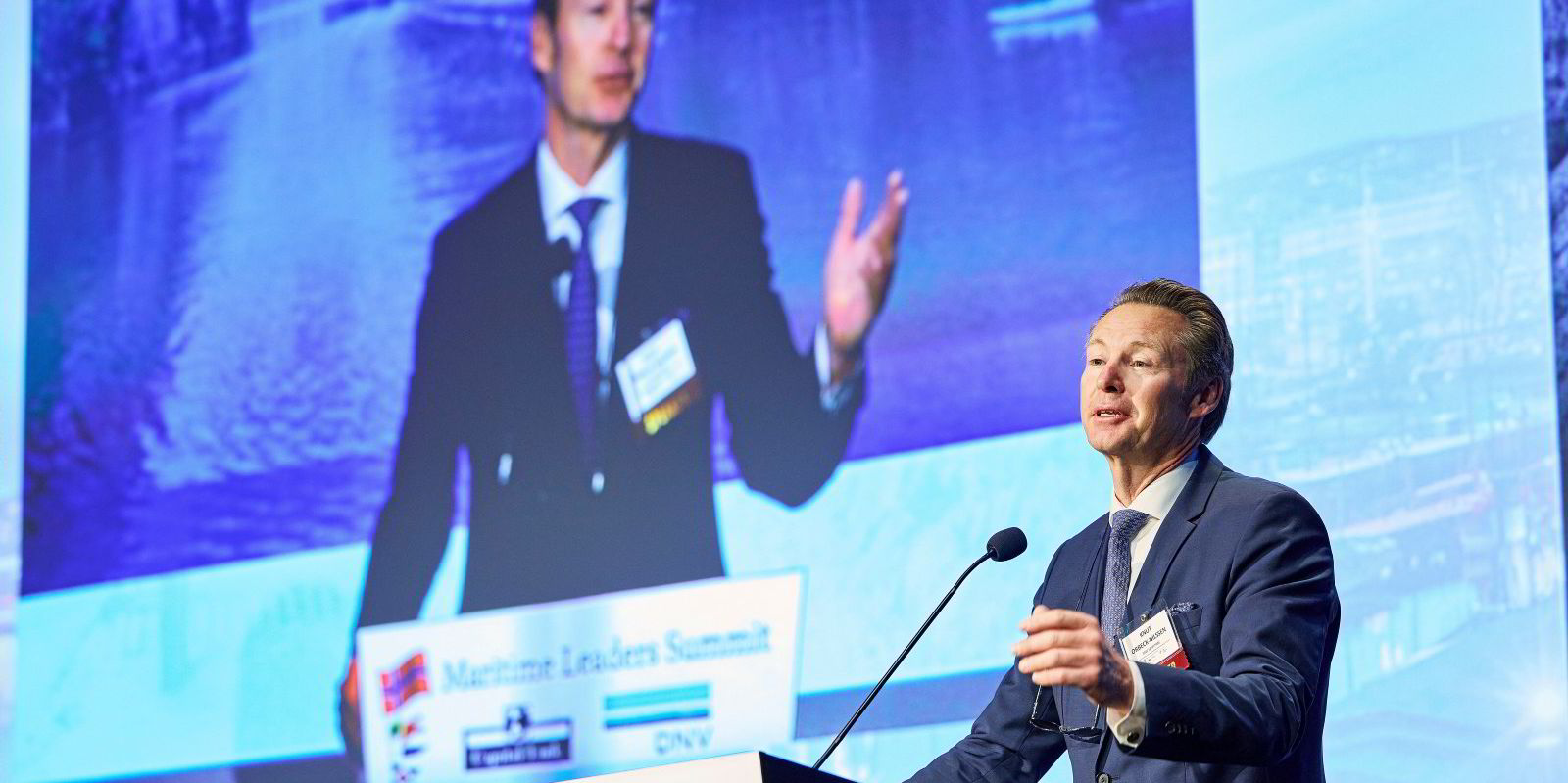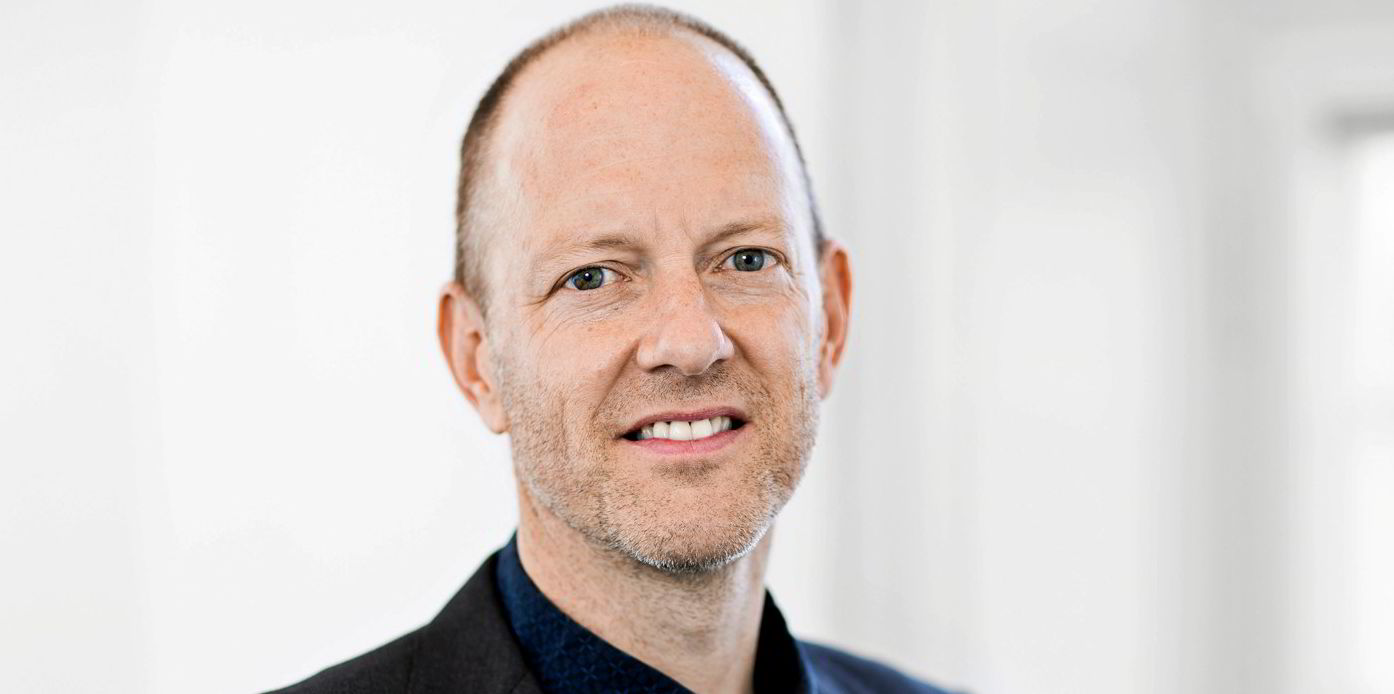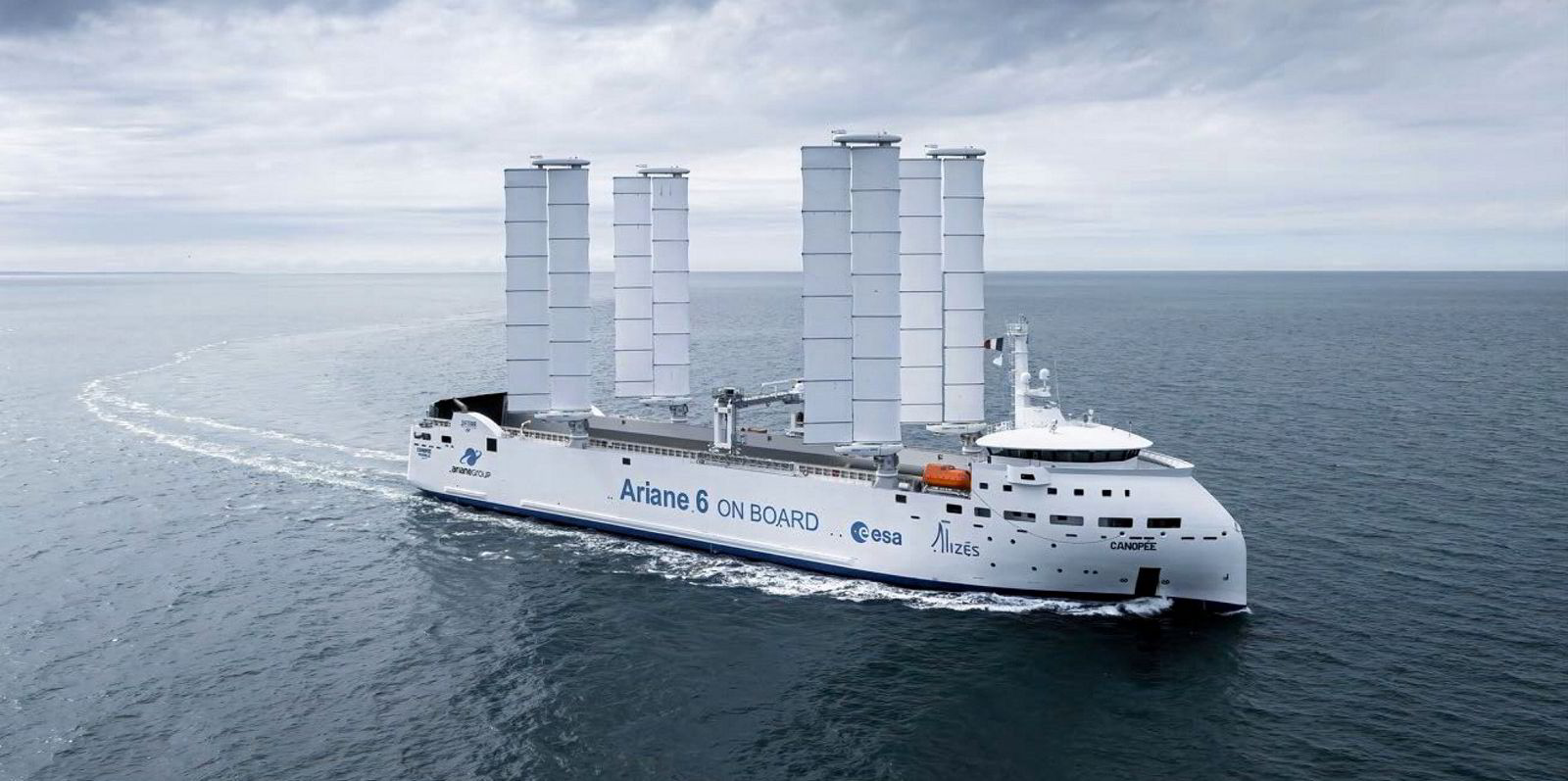There is no time to waste.
The United Nations’ secretary general’s recent warning that we are entering an era of “global boiling” should ring alarm bells also on the bridge. The world, and shipping, need to get serious about decarbonisation and this needs to happen fast.
Decarbonisation has been at the forefront of the maritime industry’s discourse for several years. However, the urgency has been lacking and, as such, the response has been as slow as a super-tanker coming about. Recent data from DNV demonstrates the point: although around half of the new orders in 2023 are for ships running on non-conventional fuels, over 90% of the total global fleet still runs on conventional fuels.
Thankfully, this has been recognised by the International Maritime Organization, with new targets set out at its Marine Environment Protection Committee 80th session and bringing shipping’s net zero goal forward by 50 years to 2050. But 2050 is still over 25 years away and the urgency is accelerating. MEPC 80 also called for a 20% reduction in emissions by 2030, while ship emissions will be priced in the European Union Emissions Trading System from 2024, meaning that decisive steps need to be taken right away.
So, what can we do now?
DNV’s latest Maritime Forecast to 2050 report focuses not just on the challenges of transition, but also on the potential for action. The report details that, if it is to meet the IMO’s emission reduction goals, shipping’s demand for carbon-neutral fuels will equal a staggering 30% to 40% of the entire estimated global supply by 2030, a near-impossible task, given the high demand for these fuels from other sectors.
Therefore, alternative pathways to decarbonisation need to be found, with a focus on fuels. The obvious place to start is energy efficiency. The less energy we use, the less fuel we burn and the less carbon we emit. Improved energy efficiency also reduces future demands on carbon-neutral fuels, helping to solve the supply/demand imbalance.
The effectiveness of operational energy-efficiency measures such as speed reduction, route optimisation and hull and propeller cleaning has already been proven, and is being steadily improved upon, thanks in part to the growing prevalence and sophistication of digital systems.
The next step is implementing higher cost and reward solutions such as wind-assisted propulsion, air lubrication and solid-oxide fuel cells. Wind systems, for example, are now installed on 28 large vessels, with reported efficiency savings of between 5% and 9%, while retrofitted systems have the potential to cut fuel consumption by up to 25%.
Going even further, the maritime industry needs to be brave and show a willingness to explore all options on the table. Accordingly, Maritime Forecast to 2050 compares onboard carbon capture and storage and nuclear propulsion technology against existing and future marine fuels.
Under certain conditions, both options look feasible — operationally and economically — and could compete with other decarbonisation fuel strategies. There are caveats — there is a long road to travel before nuclear can be scaled, and a long logistics chain still needs to be developed for onboard carbon capture — but we should still evaluate these and other technologies as we explore alternative pathways.
Several options are on the table, and each shipowner should develop their own cost-optimised decarbonisation strategy with a focus both on what energy efficiency measures can be implemented today, while also devising a carbon-neutral fuel strategy further down the line.
Pragmatically plotting out a defined pathway for each vessel’s life will ensure that long-term capital expenditure decisions are sound, and assets are not left stranded in years to come. Flexibility is key.
Spirit of collaboration
It is imperative that we in the maritime industry adopt a spirit of collaboration and openness as we tackle the monumental decarbonisation challenge. A number of daunting barriers lie in our pathway, but nothing is insurmountable.
Coalitions need to be built, drawing in all stakeholders, from governments, financial institutions and fuel suppliers, to end consumers. Mechanisms such as green shipping corridors need to be fully embraced and realised so that different approaches can be tested, and barriers identified and overcome. Successful outcomes may inspire global action.
This is our time, and it is our responsibility to meet this challenge head-on and put plans in place now that will impact the maritime industry — and the world — for generations to come.
This is the decisive decade for maritime decarbonisation and there is no time to waste.
Knut Ørbeck-Nilssen is
CEO maritime at DNV
Do you have an opinion to share?
Email: news@tradewindsnews.com





